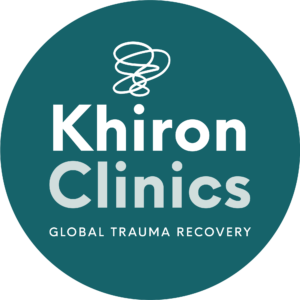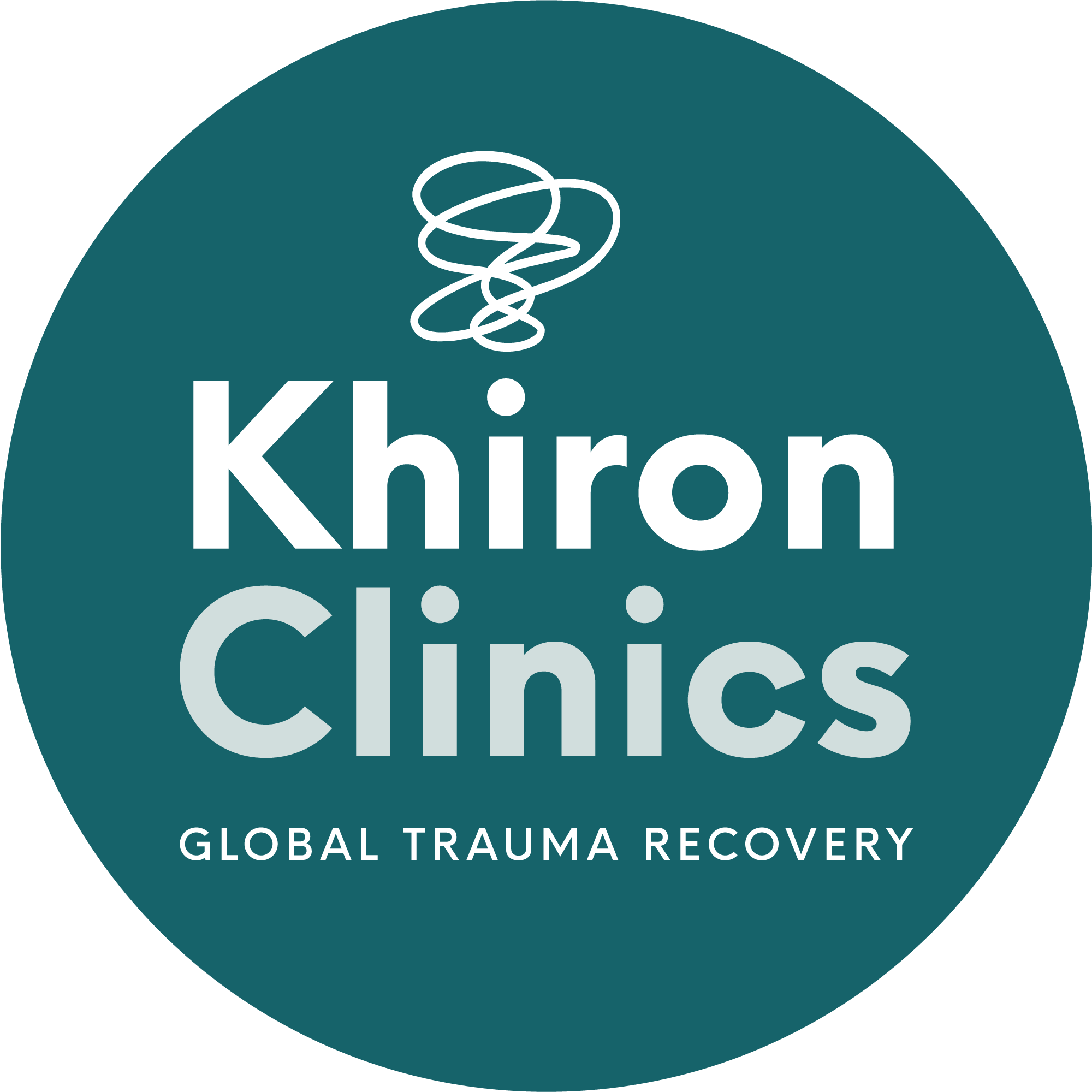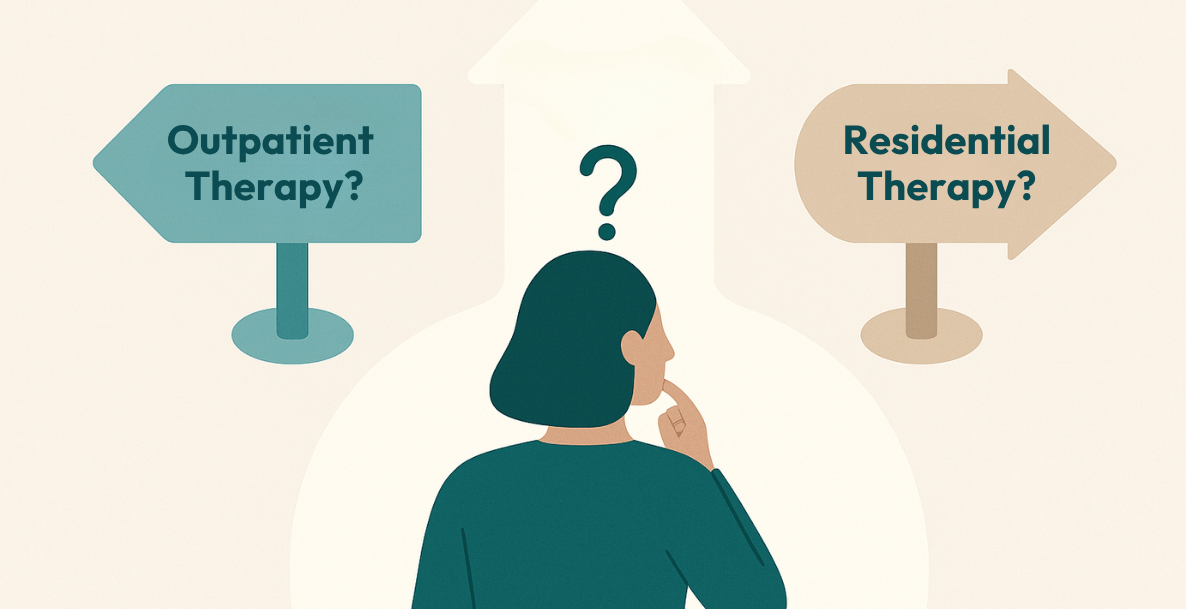When we experience something pleasurable, like eating delicious food, our brain releases dopamine, which makes us feel good. However, this pleasure doesn’t last long, and soon after, we experience a drop in dopamine levels, leading to a sense of discomfort or pain. This cycle of pleasure followed by discomfort is a natural way our brain motivates us to keep seeking out things that make us feel good. In the past, when early humans had to constantly search for basic needs like food and shelter, this system helped ensure that they stayed motivated to find what they needed to survive.
In the modern world, we live in a society of abundance rather than scarcity. Our brains haven’t evolved to handle the constant stimulation of dopamine that comes from readily available sugar, social media, TV, sex, drugs, and other dopamine-triggering stimuli – in fact, our brains have not evolved to deal with anything in the modern world. The way humans respond to stress in a safer yet still threatening world can cause issues with dysregulation, reward and addiction.
With increased and repeated exposure to pleasure-producing stimuli, such as food, social media and drugs, our brains can adapt, and we need increasing amounts to feel the reward. This leads to what is called a “dopamine deficit state,” and the cycle can result in depression, anxiety, irritability, insomnia, and of course a variety of addictions. The desire for dopamine-triggering stimuli that cause a dopamine deficit state, can in turn also originate in issues related to anxiety, insomnia, depression, and trauma. It is a bilateral relationship.
What Makes Things Addictive?
Addiction develops when the brain’s pleasure circuits become overwhelmed, leading to chronic changes. This involves the brain’s reward systems or pathways and the role of dopamine in addiction.
Addictive substances trigger an exaggerated dopamine response in the brain, flooding the reward pathway with up to ten times more dopamine than natural rewards. Over time, the brain adapts to this flood of dopamine, becoming less sensitive to it, and building a tolerance, which leads to a cycle of needing more of the substance to achieve the same level of pleasure. Seeking the substance or behaviour becomes habit-driven, rather than a conscious, rational decision.[1] Despite widespread acceptance of addiction as a disease rather than a failure of will and strength, unfortunately, stigma and misconceptions persist which greatly hinder access to treatment and complicate recovery.
Using External Substances To Shift The Nervous System Up or Down
One idea from Benjamin Fry is that a well-regulated nervous system is less likely to develop addiction. This means that if our nervous system is functioning optimally, we are better equipped to handle life’s challenges without resorting to addictive behaviours.[2]
The key to overcoming addiction lies in creating safety and balance within the body and nervous system. When our nervous system is dysregulated, we may seek external substances or behaviours to help us cope. For instance, after a stressful day at work, someone might drink a glass of wine to relax, or in the morning, they might have a cup of coffee to feel more alert. These are common ways people regulate their nervous systems.
However, problems arise when individuals turn to more extreme substances like cocaine or vodka to regulate their nervous system. This reliance on substances to regulate mood and arousal indicates a dysregulated nervous system.
The interplay between nervous system dysregulation and dopamine is crucial to understanding addiction, as when our nervous system is dysregulated, we may seek out substances that increase dopamine levels to feel better. We know that dopamine is a neurotransmitter associated with pleasure and reward, so its role in the desire for more, particularly in cases of underlying deficit, are clear. However, it is also important to connect this with what we know about the effect of substances like cocaine, amphetamines, methamphetamine, and alcohol on the sympathetic nervous system.
When the sympathetic nervous system is activated, dopamine is released in addition to a variety of other chemicals. Its effects are fleeting and often coupled with feelings of fear, dread and discomfort. However, when substances are consumed regularly, there may be an offsetting effect, particularly for those already struggling with chronic stress – in other words, chronic sympathetic nervous system activation. Similarly, for those ‘frozen’ in parasympathetic numbness and immobilisation, these substances offer an artificial boost that offers some relief.
People who struggle to regulate their nervous system independently often turn to external substances or behaviours like alcohol or sex. This reliance on external sources of regulation may stem from past trauma or unresolved issues that have left their nervous system dysregulated. Therefore, healing addiction involves addressing and healing the underlying dysregulation in the nervous system.
Healing Addiction by Healing the Nervous System
Healing addiction requires more than just addressing the symptoms; a deeper understanding of the underlying mechanisms in the brain is important. Building on this awareness, we can begin to develop strategies for healing dysregulation in the nervous system and addressing the root cause, such as trauma. Somatic experiencing and other polyvagal-informed therapies are rooted in the belief that we must address the body’s response to perceived threat to create lasting change and create the sense of psychological safety required for any further exploration of the issues causing addiction.
For many, addiction is combined with a lack of comfort, awareness, and safety in the body that has itself fuelled the use of substance use as a form of self-soothing, coping or regulation. Returning to awareness, grounding, and comfort in the body can be a long journey, and requires vulnerability. This is why programs that prioritise perceived safety and empowerment through a bottom-up approach are more effective at healing the root of dysregulation, and co-occurring issues.
At Khiron Clinics, we aim to promote long-term recovery by addressing trauma using nervous-system informed therapies and integrative holistic care. We offer a range of care with the ultimate goal of treating underlying psychological trauma, stress, and co-occurring conditions such as anxiety, depression, and substance use.
Sources:
[1] Uhl GR, Koob GF, Cable J. The neurobiology of addiction. Ann N Y Acad Sci. 2019 Sep;1451(1):5-28. doi: 10.1111/nyas.13989. Epub 2019 Jan 15. PMID: 30644552; PMCID: PMC6767400.
[2] Fry, B. (2019). The invisible lion.







